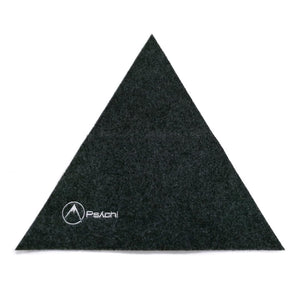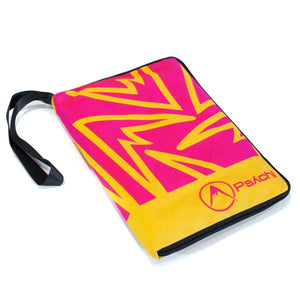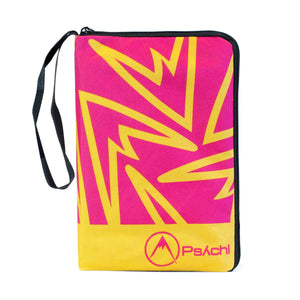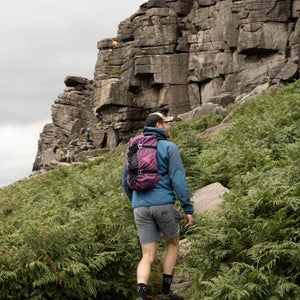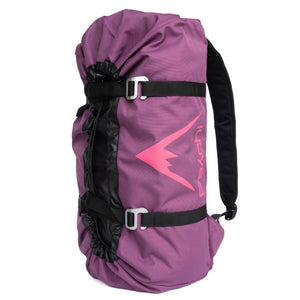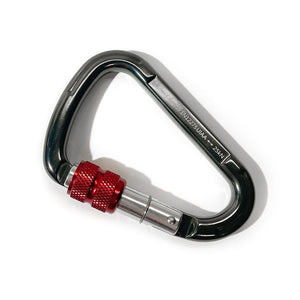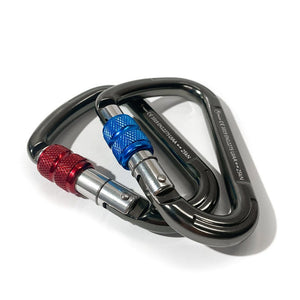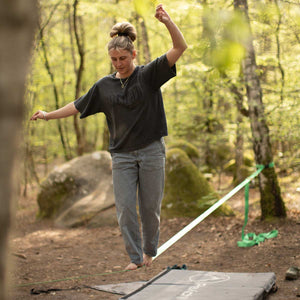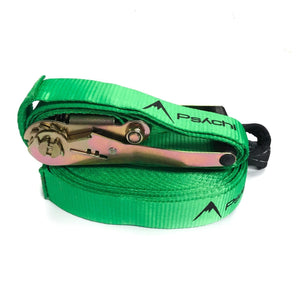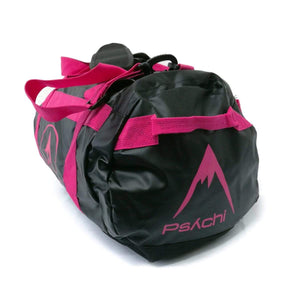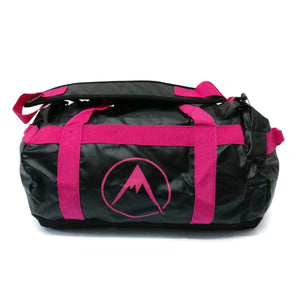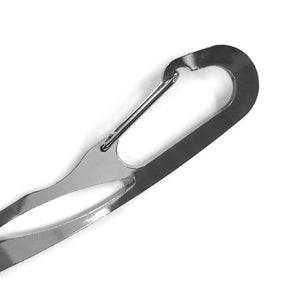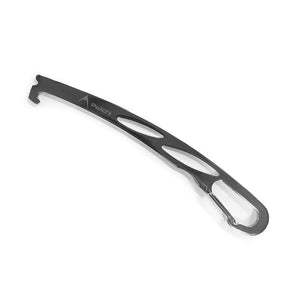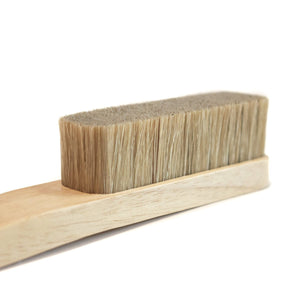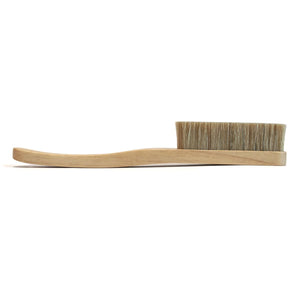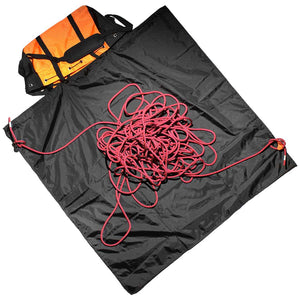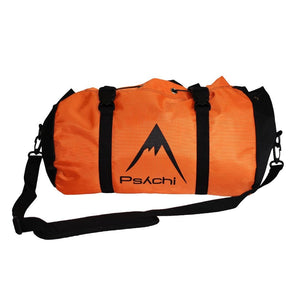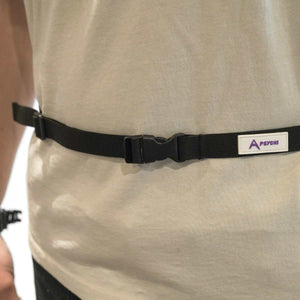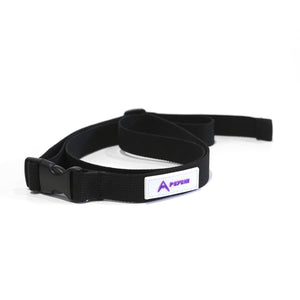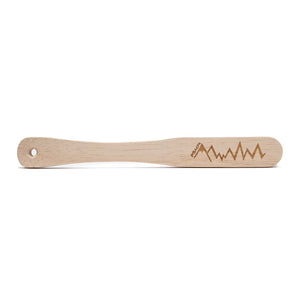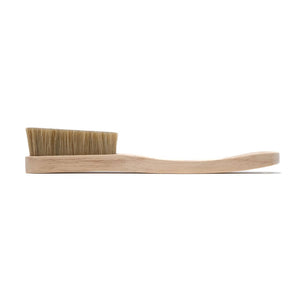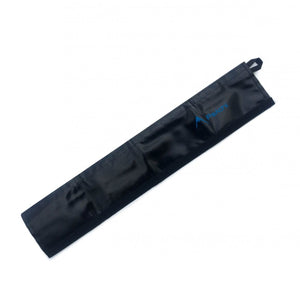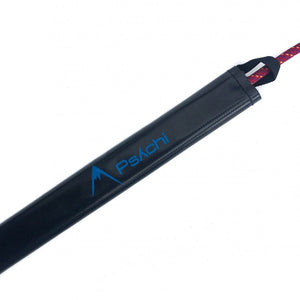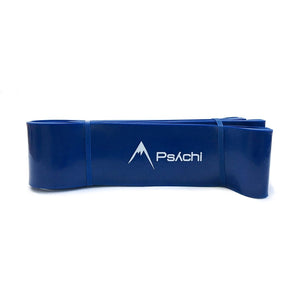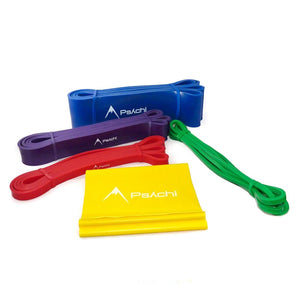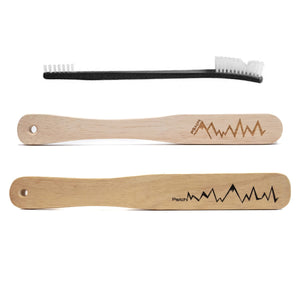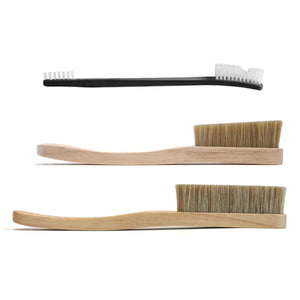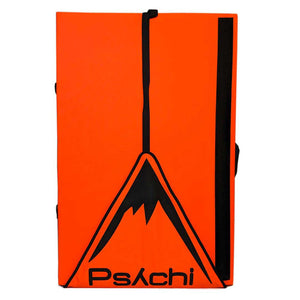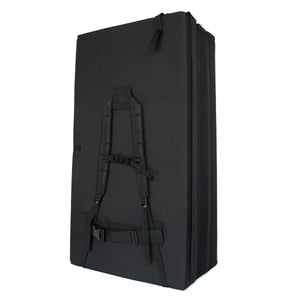Psychi Guide - How to Belay
*Disclaimer: This does not constitute certified climbing instruction. Belaying and climbing are dangerous activities and we recommend you seek professional instruction before belaying at the wall or crag.
Belaying is an extremely important skill to master and it’s critical that you’re able to belay correctly and safely. As the belayer, it’s your job to manage the climbing rope that attaches to you and your climbing partner. To do this, you’ll operate a belay device to ‘give out’ rope when it’s needed and ‘take in’ rope to catch a fall or allow for the climber to rest on the route.
When belaying, you’ll either be top rope belaying or lead belaying. The technique you’ll be required to use will be slightly different depending on the style of climbing. In this post, we’ll talk you through safe belaying technique so that you can safely manage ropes when top-roping and lead climbing.
WHAT YOU’LL NEED:
- A climbing harness
- Climbing rope
- A belay device (or optional assisting device such as a Gri-Gri)
BELAY DEVICES
Belay devices are the mechanism through which the climbing rope feeds. They generally fall into two categories: assisted-braking and non- assisted braking devices.
An assisted-braking belay device has an inbuilt mechanism that applies pressure to the rope when it’s pulled under tension. This ‘squeezing’ force makes for easier handling of the rope when it’s loaded with the weight of your climbing partner. Though assisted braking devices are in many ways safer and easier to operate, they still require 100% concentration - they certainly don’t mean you don’t have to pay as much when belaying!
Non assisted belay devices come in a variety of shapes and sizes but they all work in the same way - by creating friction when the rope is weighted. As the belayer, the belay device attaches to the belay loop on your harness. The rope is then threaded through the device and you belay with both hands, with one hand always on the break rope!
Remember
Although many climbers use brake-assisted mechanical devices such as a Gri-Gri to assist with belaying, you will always need to concentrate on belaying. Your climbing partner's life is literally in your hands and human error can be fatal.
HOW TO BELAY
The belaying technique you’ll need to use depends on the style of climbing your partner is attempting.
TOP ROPE BELAYING
If your partner is top roping, the rope will be attached to an anchor at the top of the route, with you and your partner attached to either end of it. If you’re new to climbing with ropes, top roping is a great place to start as it offers a less complicated and more reassuring climbing experience. You don’t have to worry about placing gear, clipping in or taking big air falls. The climber scales the wall with the belayer letting out rope to allow progress. When the climber is at the top, the belayer uses the belay device to lower them.
HOW TO BELAY FOR TOP-ROPE CLIMBING
To top rope belay safely, you’ll have to know how to, lock off, take in and lower.
LOCK OFF / BREAK
To hold a climber's weight on the rope and keep them stationary, you need to 'lock off' the belay device using your ‘break’. To do this, you’ll use your dominant hand to grip the rope with your thumb and finger down. You’ll pull down on the rope to create friction against the belay device, locking your partner in place.
Remember, your partner could slip or fall without warning, so you’ll need to be prepared to catch them at all times.
TAKE IN
As the climber moves up the wall, you'll need to take in the extra rope, or ‘slack’. You should keep the rope held tight enough to keep them safe whilst giving them enough slack to move comfortably up the wall. Your partner will likely ask you to ‘take in’ if they think they’re likely to come off the wall.
LOWER
When your climbing partner reaches the top and wants to come down from the route, you'll need to lower them.
Using these methods and the PBUS steps below, you can safely and comfortably belay somebody on a top rope.
PULL, BRAKE, UNDER, SLIDE
The more common way of belaying is called PBUS which stands for Pull, Under, Brake, Slide.
- Pull: One hand will be holding rope above the belay device and the other below, in the break position. You’ll pull the rope that connects to your partner down with your guide hand whilst you feed your brake rope through the belay device, giving your partner slack to climb.
- Brake: To apply the break again, pull the brake rope back down to lock the rope in the device.
- Under: Move the guide hand to the brake rope and grip the rope firmly to create a new temporary brake hand.
- Slide: The upper hand holds the brake rope while the lower slides back up the rope in preparation to start the process over again.
- Repeat: Move your guide hand back to its original position and repeat the steps.
LOWERING
To lower your climbing partner, you’ll need to take in any slack from the rope (enough that you can begin to feel the climber's weight) and lock off the rope using the break. Hold the rope in both hands, with your left hand above your right and loosen the grip with your left. Move your right hand upwards so some rope slides through your left hand and then through the belay device. This will lower the climber a short distance. Once your right hand is up against your left, hold on tight with your left to lock off the rope. Then slide your right hand back down. Repeat until the climber is back at ground level safely.
Tip: The climber should lean back on the rope with their feet in front of them as a brace. The climber 'walks' their feet down the wall as they are being lowered.
LEAD BELAYING
If your climbing partner is lead belaying rather than top roping, you'll need to feed rope out to them instead of taking it in. When you belay a lead climber it’s a good idea to spot your climbing partner as the clip the first few bolts. You should leave a little slack in the rope so that your partner can clip the next bolt or gear and pull the slack in tight once your partner makes the move. It’s important to be especially focussed on your climbing partner as they’re about to clip, as the slack you pay will create a larger potential fall.
How to belay for lead climbing
- Attach your belay device so there is just a few meters of rope between it and the climber's figure of 8 knot.
- Place one hand on the rope above the belay device and the other on the brake rope below as for top roping. Use both hands to pay out rope through the belay device, making sure not to let go of the brake rope!
- Pay out slack as your partner climbs and take in rope as needed. Remember that your partner will need slack to move upwards, but you should be mindful of creating too much slack in the system to avoid big falls.
- To catch a lead fall, hold the break rope downwards in the lock off/ break position.When lead climbing, the force of a fall can be a little greater, so ensure you have a good grip on the brake rope and pay attention.
Remember belaying is a skill that you have to learn and practice. It’s an important skill to master if you want to take up climbing. Though climbing should be fun, belaying should be taken seriously as mistakes can be costly and dangerous.
To best understand the techniques covered above, we recommend having a trained and certified instructor talk you through basic belaying techniques before trying it on your own in the gym or at the crag. Happy and safe climbing!




